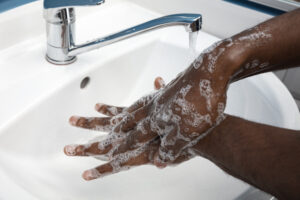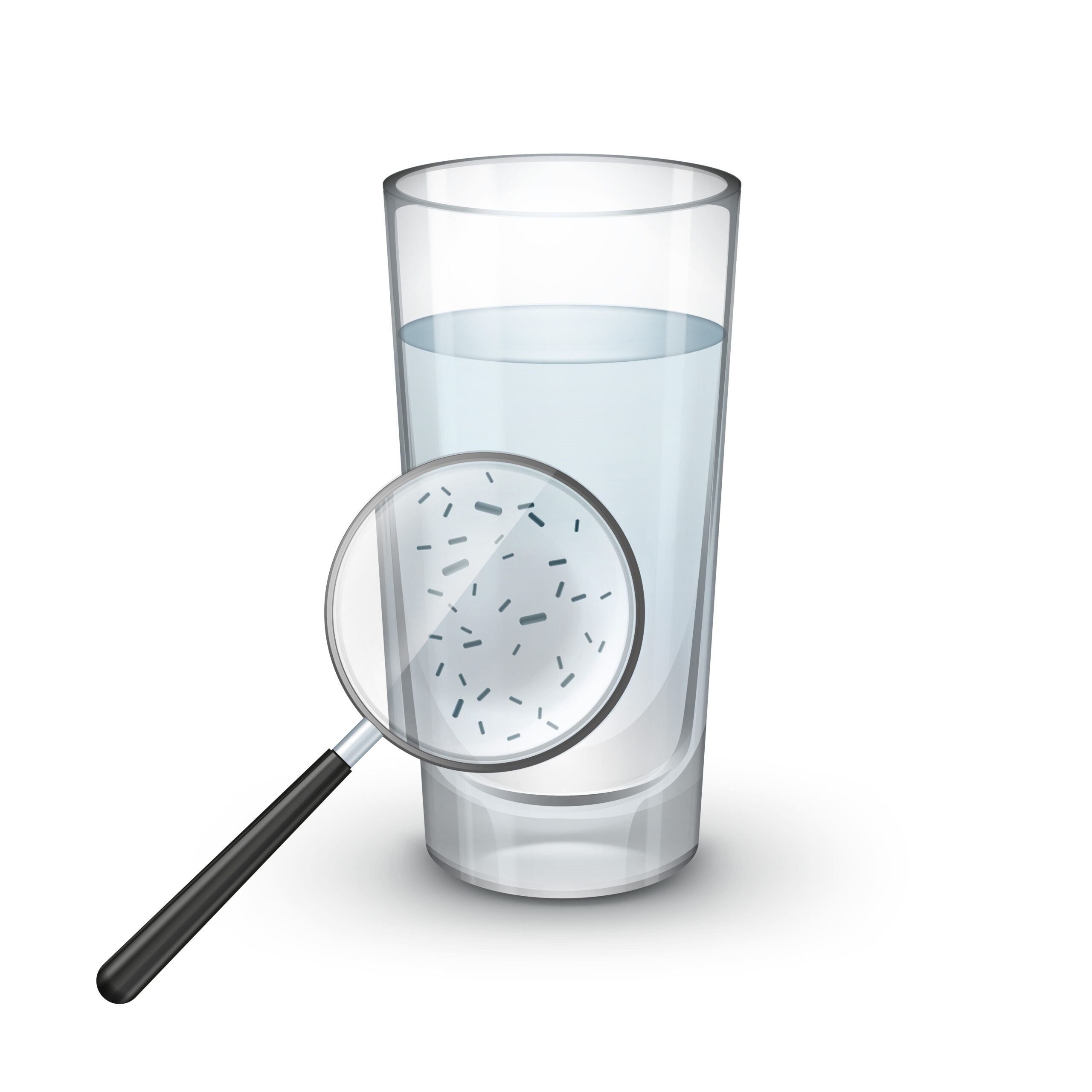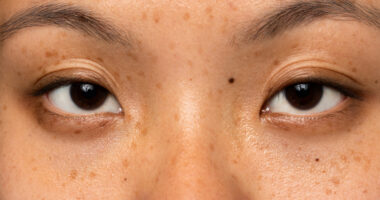Cholera is an acute diarrheal illness caused by the bacterium Vibrio cholerae. Although rare in developed countries, it remains a significant public health concern in parts of Africa, Southeast Asia, and Haiti. Cholera is highly infectious and can be life-threatening if not treated promptly. This blog will provide a comprehensive overview of cholera, including its symptoms, causes, prevention, and treatment options.
Symptoms of Cholera
Cholera symptoms can range from mild to severe, and in some cases, individuals may be asymptomatic. Common symptoms include:
- Severe Diarrhea: Sudden onset of profuse, watery diarrhoea, often described as “rice-water stools.”
- Vomiting: Persistent vomiting can occur alongside diarrhoea.
- Dehydration: Rapid loss of fluids can lead to severe dehydration, characterized by dry mouth, extreme thirst, and sunken eyes.
- Muscle Cramps: Loss of electrolytes can cause painful muscle cramps.
- Shock: In severe cases, dehydration can lead to shock, a medical emergency requiring immediate attention.
Causes of Cholera
Cholera is caused by ingestion of food or water contaminated with Vibrio cholerae. The primary causes include:
- Contaminated Water: Drinking water contaminated with sewage or the bacteria itself is the most common source.
- Contaminated Food: Eating food that has been prepared or washed with contaminated water.
- Poor Sanitation: Areas with inadequate sanitation facilities and poor hygiene practices are at higher risk.
- Seafood: Consumption of raw or undercooked seafood, particularly shellfish from contaminated waters, can transmit the bacteria.
Risk Factors
Certain factors increase the risk of contracting cholera:
- Living in or Traveling to Endemic Areas: Regions with poor sanitation and lack of clean water are more susceptible to cholera outbreaks.
- Exposure to Contaminated Sources: Individuals in close contact with infected persons or contaminated sources.
- Weakened Immune System: People with weakened immune systems, including the elderly and young children, are at greater risk.
- Malnutrition: Poor nutritional status can increase susceptibility to infections, including cholera.
Prevention of Cholera
Preventing cholera involves a combination of proper hygiene practices, safe food and water handling, and vaccination. Key preventive measures include:
- Safe Water Practices: Drink only bottled or boiled water. Avoid ice cubes and use treated water for brushing your teeth.
- Proper Sanitation: Use sanitary facilities for defecation. Wash hands thoroughly with soap and water, especially before eating and after using the toilet.
- Food Safety: Eat foods that are thoroughly cooked and served hot. Avoid raw seafood and unpeeled fruits and vegetables.
- Vaccination: Oral cholera vaccines are available and recommended for travellers to endemic areas and those at high risk.
- Community Education: Awareness programs about cholera transmission and prevention can help reduce outbreaks in vulnerable areas.

Treatment of Cholera
Cholera is treatable, especially when diagnosed early. Treatment primarily focuses on rehydration and, in some cases, antibiotics. Key treatment options include:
- Oral Rehydration Solution (ORS): ORS is a simple, cost-effective treatment that replenishes lost fluids and electrolytes. It can be prepared at home using a mixture of clean water, salt, and sugar.
- Intravenous Fluids: In severe cases of dehydration, intravenous fluids are necessary to rapidly restore fluid balance.
- Antibiotics: Antibiotics can reduce the duration and severity of the illness. They are typically reserved for severe cases or those at high risk of complications.
- Zinc Supplements: Zinc can help reduce the duration of diarrhoea in children with cholera.
Conclusion
Cholera is a preventable and treatable disease, but it requires prompt and effective action. Understanding the symptoms and causes of cholera is crucial for early detection and treatment. Preventive measures, including safe water practices, proper sanitation, food safety, and vaccination, are essential to control and prevent outbreaks.
If you live in or plan to travel to areas where cholera is prevalent, take the necessary precautions to protect yourself and others. By staying informed and practising good hygiene, you can reduce the risk of cholera and contribute to global efforts to eliminate this deadly disease.









